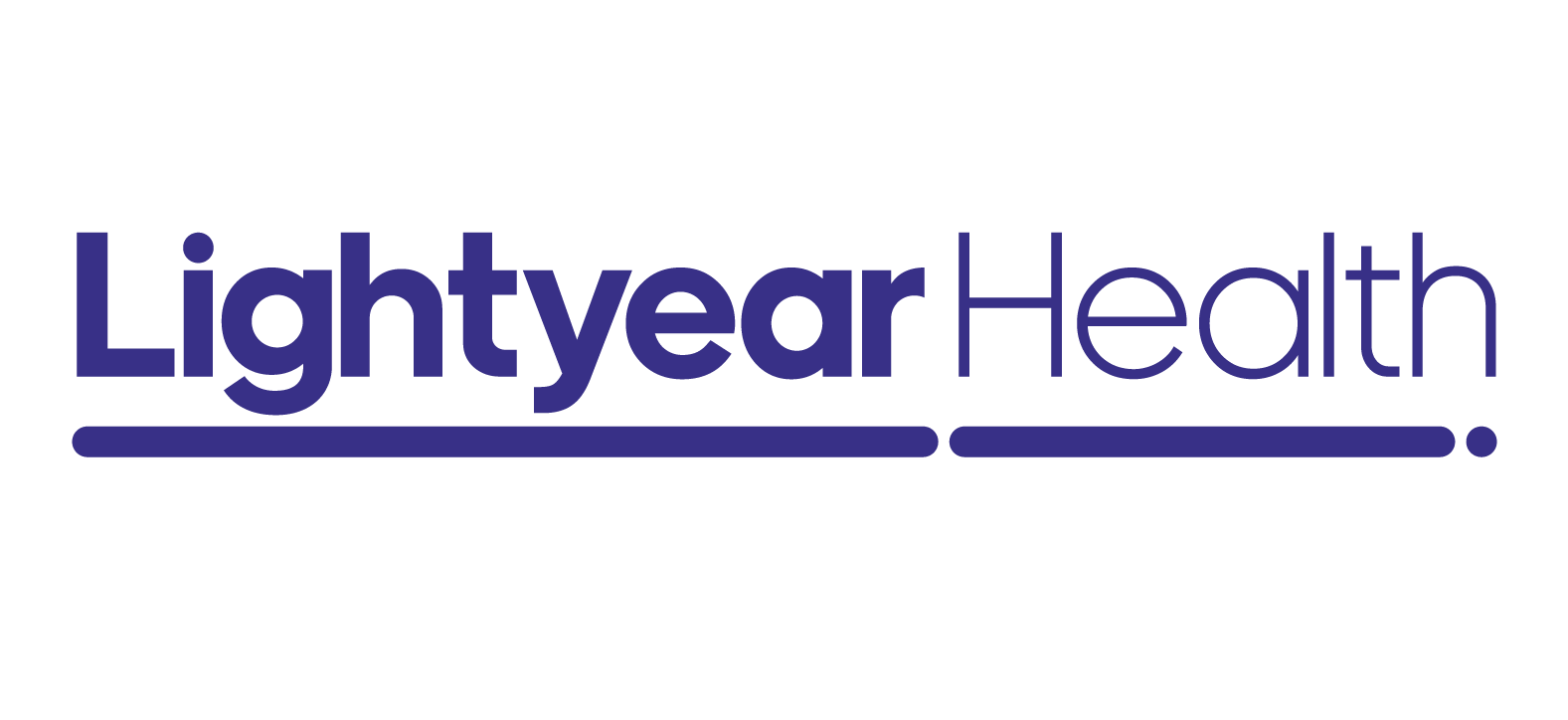Arthritis, a common cause of pain
Almost 60 million adults have arthritis diagnosed by a doctor. The prevalence of arthritis is projected to increase by almost 20 million more people in the coming decades with the condition being more common in women than men. Arthritis not only causes pain, but it impacts the ability to function; in fact, 44% of individuals with diagnosed arthritis say they have function limitations due to arthritis. The pain due to arthritis is caused by wear and tear on the joints and is influenced by inflammation. The most common type of arthritis is osteoarthritis, and it is often a co-occurring condition with other serious medical conditions such as obesity, diabetes, and heart disease.
Arthritis and the associated pain are barriers to physical activity that is recommended when an individual also has heart disease and diabetes. In a chicken or the egg problem, physical activity is an essential part of the treatment plan for arthritis and the co-occurring diseases, but often the pain of arthritis prevents people from moving as much as they want to. Engaging even in low impact exercises like biking, walking, and swimming can improve physical functioning, have a positive impact on mood and quality of life, and result in weight loss and improve health markers like blood pressure and high blood sugar.
Joint injections help treat arthritis
Joint injections can be used in the treatment of pain related to osteoarthritis. We discussed this very topic at the second Learning with Lightyear session, a collaboration between Lightyear Health and Project ECHO®, with Physical Medicine and Rehab (PM&R) advanced practice provider, Melissa Lockhart.
Click here to watch the full session.
What are joint injections?
The most commonly injected joints are shoulders, hips, and knees although joint injections can also be done in the small joints such as vertebrae in the spine and fingers. Joint injections in the big joints such as shoulders, hips, and knees can be done at the bedside and do not require anesthesia or imaging to guide the injection.
Types of joint injections
There are several types of joint injections with the most common being corticosteroid injections. Corticosteroids are hypothesized to work as steroids are a common treatment for inflammation of all types as steroids reduce the activity of the immune system. Corticosteroid joint injections can be given 2-3 times per year to decrease sudden increases in pain; these joint injections are associated with a delay in surgery such as joint replacements. Three primary steroids are used–triamcinolone, methylprednisolone, and dexamethasone; the steroids are often combined with lidocaine, a local antithestic which can reduce the pain associated with the injections. An additional type of injection is called viscosupplementation which is a hyaluronic acid which is the natural lubricant found in the eyes and joints. The injections introduce more of this substance into the joint space in an effort to reduce pain and inflammation in the joint by improving the movement between the joint spaces.
Joint pain interventions – A team approach
Treating joint pain is best done from a team based approach. When a Lightyear Health Physical Medicine and Rehabilitation provider is on site, they can work in collaboration with physical and occupational therapy to make a functional assessment of a patient and how osteoarthritis pain impacts their function. In this assessment, each clinician can explore the patient’s goals, and what past interventions have worked or not to decrease pain.
First, it is helpful to review any past radiology such as X-rays, CTs, or even MRI if those are available and if imaging has not been done, new radiology studies may be ordered.
Physical therapy can intervene with manual exercises, strengthening exercises, electrical stimulation like a TENS unit, and thermal and non-thermal applications.
Occupational therapy can help patients identify compensatory strategies and identify durable medical equipment (DME) which can alleviate pain and help adaptive functioning so patients can pursue activities that were closed off due to pain.
The role of interventions such as topical pain relief and ice, heat, and rest should not be underestimated!
Finally, a PMR provider can evaluate the patient for additional interventions like medicals and/or joint injections to reduce pain.
What’s next?
Using a team based approach to treating joint pain can help an individual feel better physically and emotionally, and start them on the path of participating in essential physical activity and improving their daily functioning. Joint injections are a pharmacological intervention that complement the non-medication based treatments outlined above. Lightyear Health is committed to expanding access to PMR treatments such as joint injections and bringing a holistic evaluation to patients in SNFs so their functional needs are addressed proactively.



